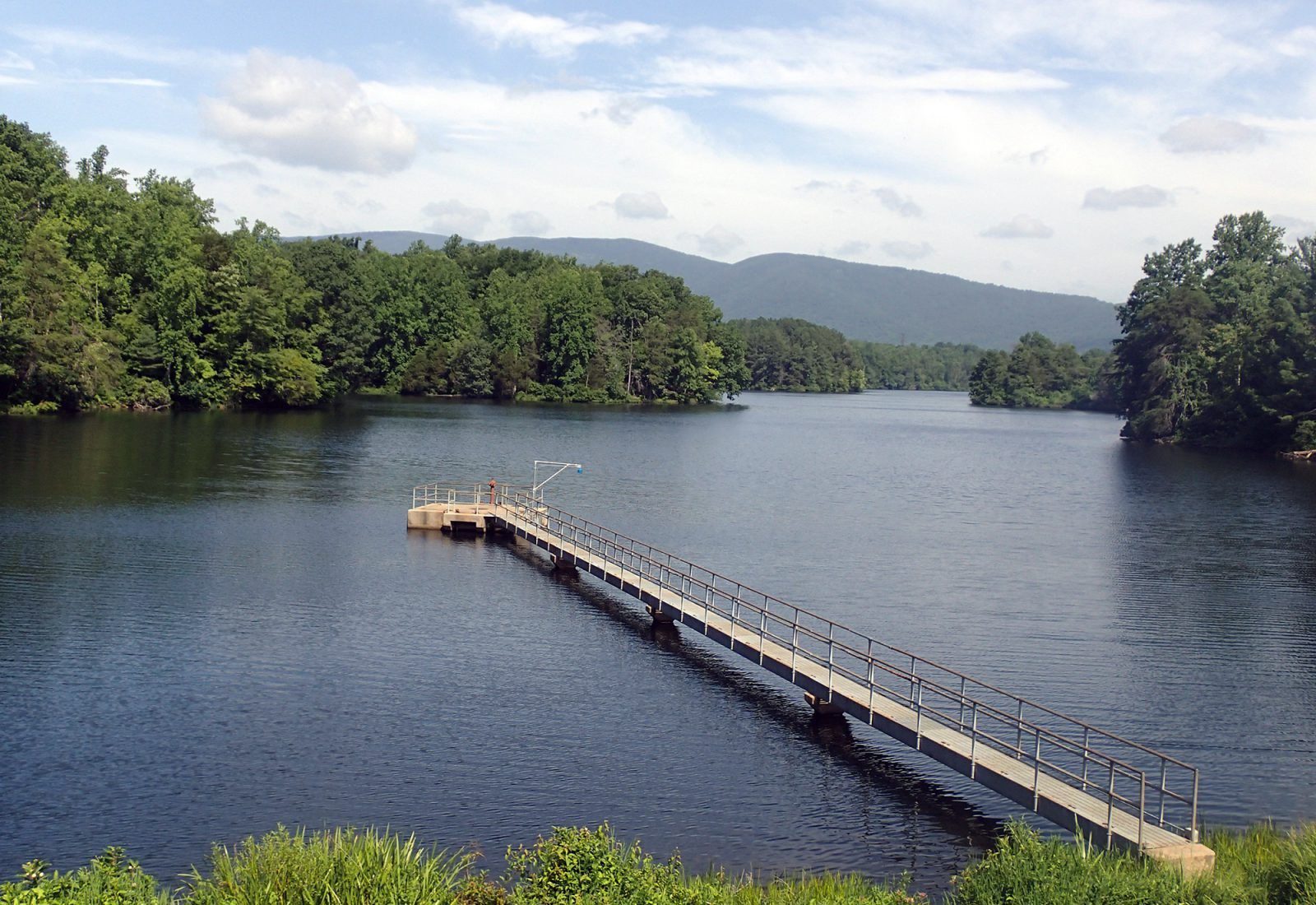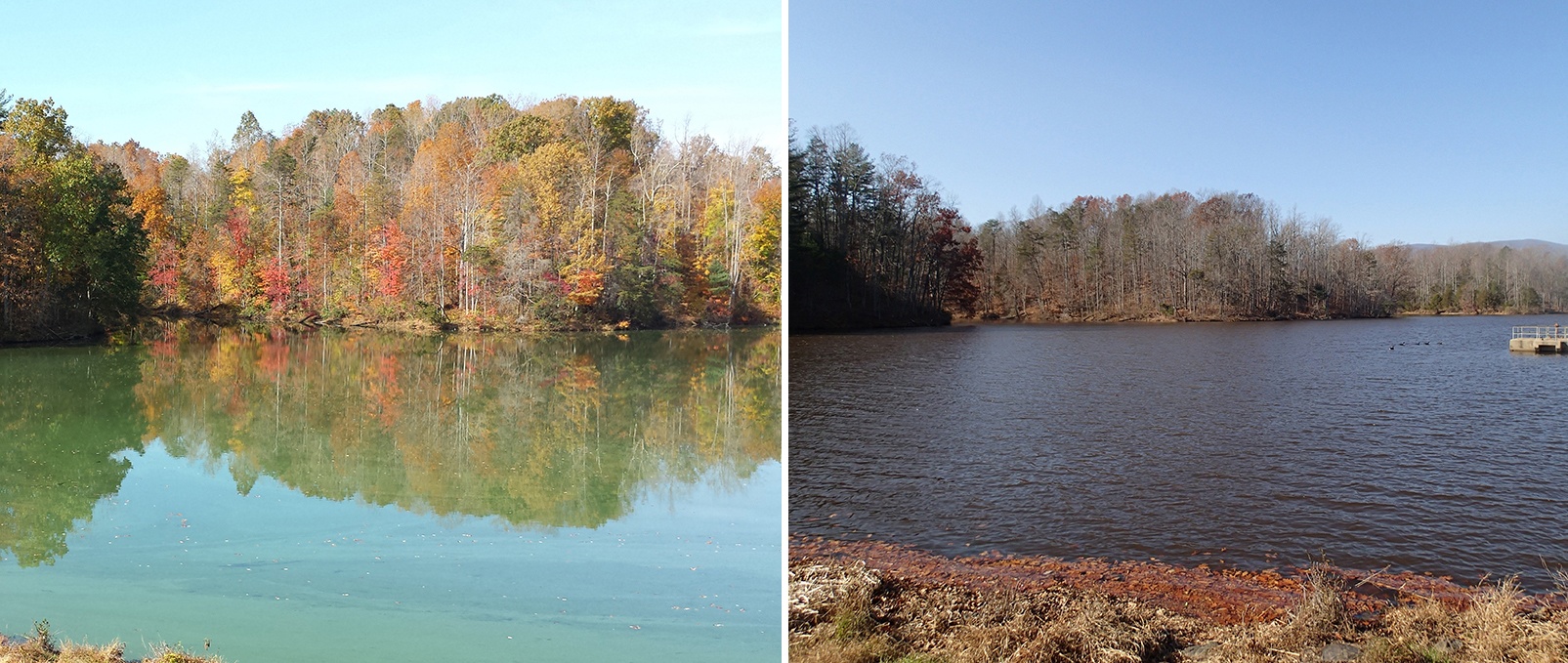
Drinking Water Reservoir Management
September 7th, 2023
Written by Industry Expert, Shannon Junior, Aquatic Ecologist and Senior Business Development Consultant
We are fortunate in the United States that our country has the technology and resources to provide clean and palatable drinking water to our citizens. However, the recent catastrophic situations in Flint, Michigan earlier this year and in Lake Erie in 2014 have reminded many Americans that this is a privilege that we should not take for granted. And while the lead crisis in Flint was caused by human negligence and could have been prevented, the ongoing cyanobacteria blooms in Lake Erie are due to a much more complicated process of phosphorus pollution and water quality degradation.
Cyanobacteria were previously identified as blue-green algae due to their ability to photosynthesize, although they are actually prokaryotic and more closely related to bacteria than algae. Now commonly referred to as harmful algae blooms (HABs), cyanobacteria blooms are particularly problematic when they occur in waterbodies that are used as a source for drinking water utilities. Not only do cyanobacteria excrete compounds such as MIB and Geosmin that cause unpleasant tastes and odors in the water, but they also have the potential to produce cyanotoxins that can be harmful to humans, pets and wildlife.
There are many management strategies that can be used in the watershed, the reservoir, the canal system, and the treatment plant to address the issues caused by cyanobacteria in drinking water. Many of these treatment methods are not feasible or cost-effective and cannot be easily implemented. Watershed management practices such as reducing agricultural and urban runoff are costly and difficult to implement when the sources are not under the direct control of the water managers. Standard in-plant water treatment processes can be effective in removing cyanobacteria and their associated toxins, but the removal of MIB and geosmin compounds to non-detectable levels requires more expensive alternatives. In most cases, the treatment of cyanobacteria blooms in the source water is the most cost-effective approach for improving drinking water quality.

One of the most important features of a source water protection program is a robust algae monitoring effort. Water samples should be collected at multiple depths, and the algae species should be identified, classified and enumerated. A monitoring program will allow resource managers to anticipate when an algae bloom is developing, and a site-specific algal density action threshold can be set to trigger when an algaecide treatment should be performed using a product approved for use in potable water. Treating blooms early before significant biomass accumulates may prevent taste and odor issues from developing in the water, and will minimize the quantity of algaecides required for long-term management. This approach is also safer since it reduces the risk of dissolved oxygen crashes after treatment, especially during the hot summer months when cyanobacteria blooms are the most prevalent.
Another strategy that is widely implemented for source water algae control is nutrient mitigation. Products that directly inactivate phosphorus, such as alum and lanthanum-modified bentonite, can be used to improve the water quality in reservoirs and minimize the conditions that are conducive for cyanobacteria blooms. Nutrient mitigation applications can either be performed all at once, or phased over multiple years depending on site specific conditions, the product selected for treatment, and the goals and budget of the stakeholders.
SOLitude works extensively with drinking water resource management professionals to preserve, protect and restore the quality of source water reservoirs. We are ready to help with the development and implementation of monitoring programs, action-threshold based algaecide treatment programs, and nutrient mitigation strategies.
Shannon Junior is an Aquatic Ecologist and Senior Business Development Consultant who has worked in the lake and pond management industry since 2000 and has extensive experience with Integrated Pest Management strategies for nuisance vegetation control. Shannon has managed projects involving all facets of lake management, including ecological assessment, fisheries enhancement, aeration, aquatic landscaping, structural inspection/repairs, and dredging.
SOLitude Lake Management is committed to providing full service lake and pond management services that improve water quality, preserve natural resources, and reduce our environmental footprint. Lake, pond and fisheries management services, consulting, and aquatic products are available nationwide. Learn more about SOLitude Lake Management and purchase products at www.solitudelakemanagement.com.









